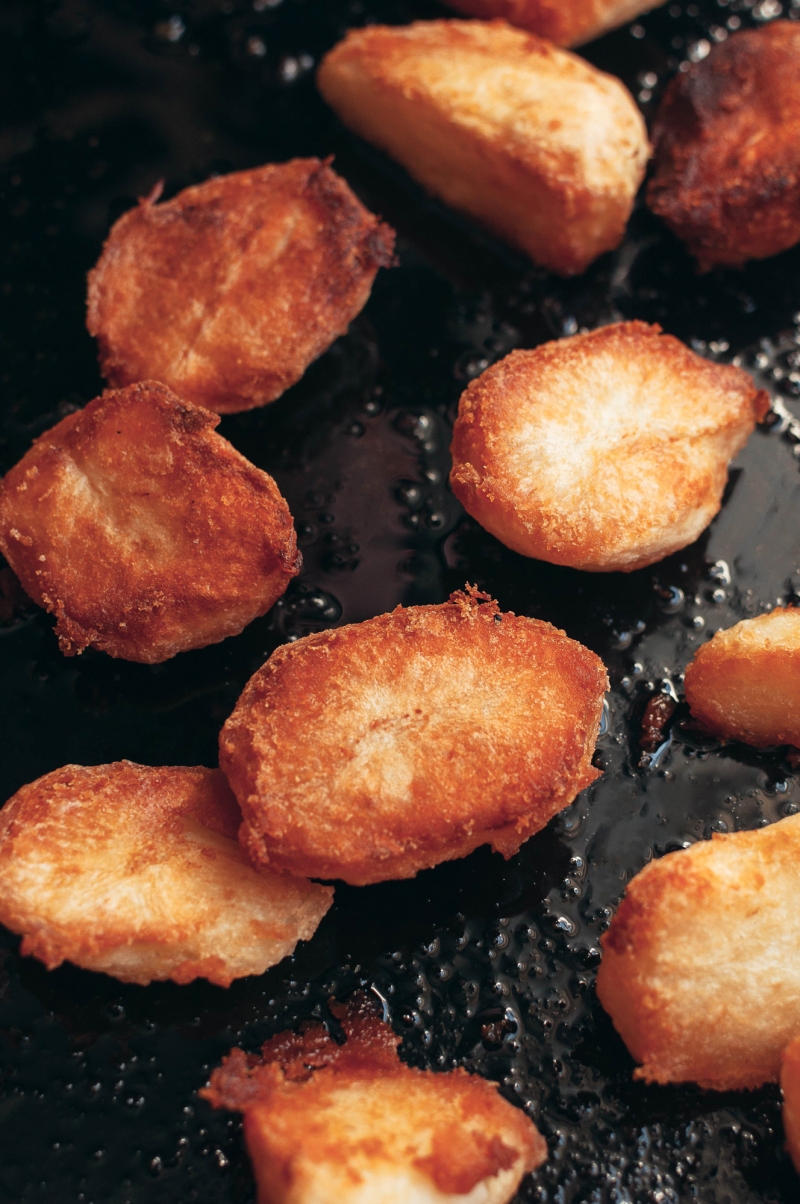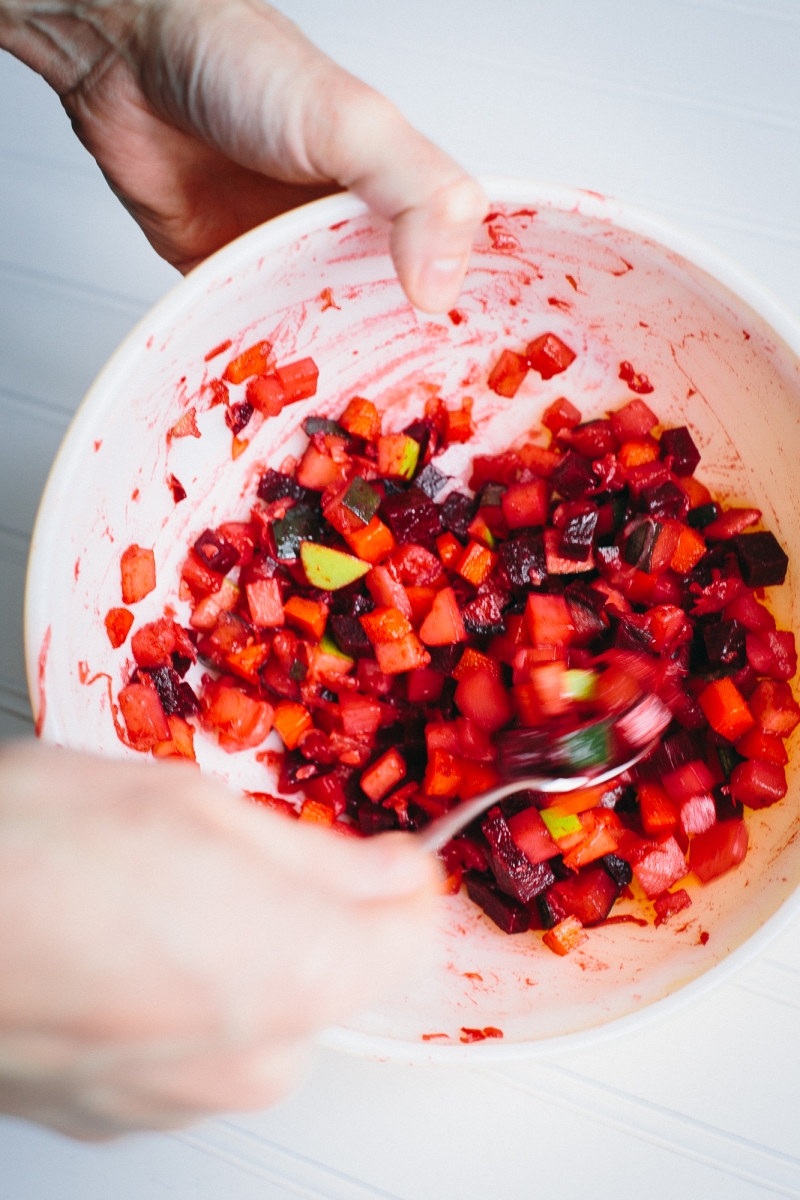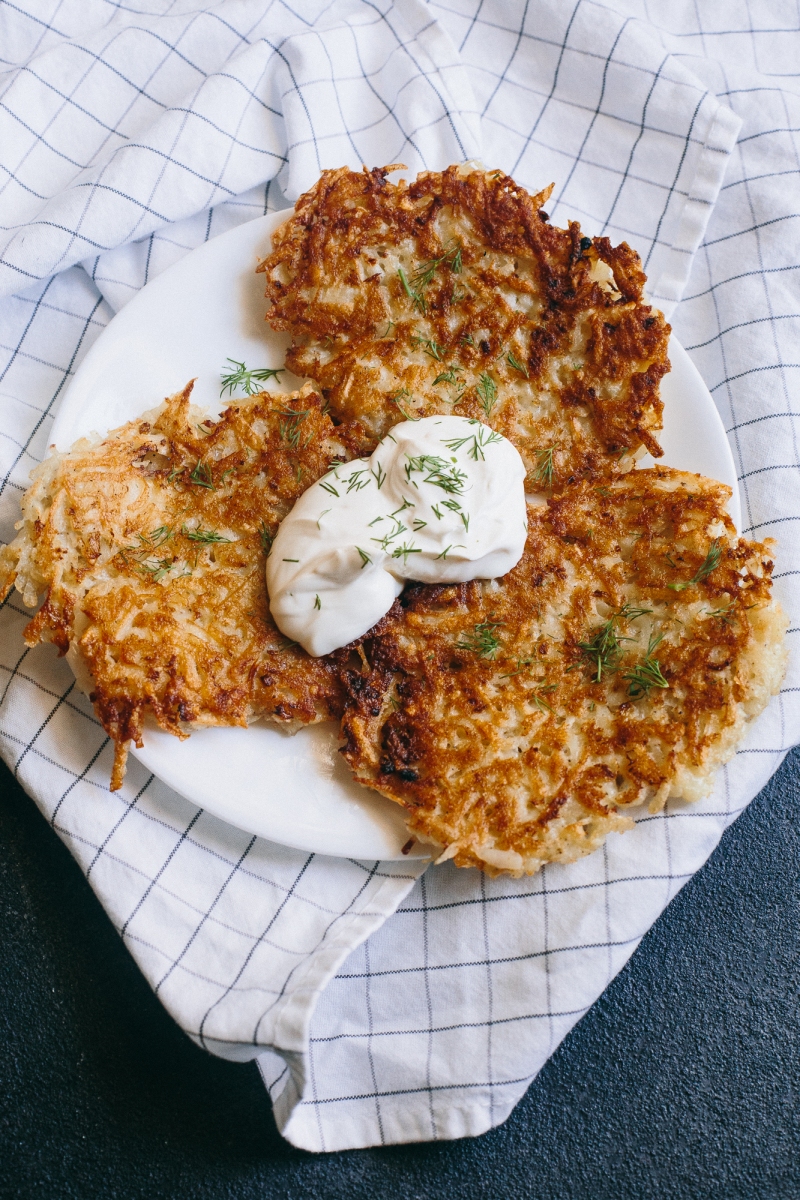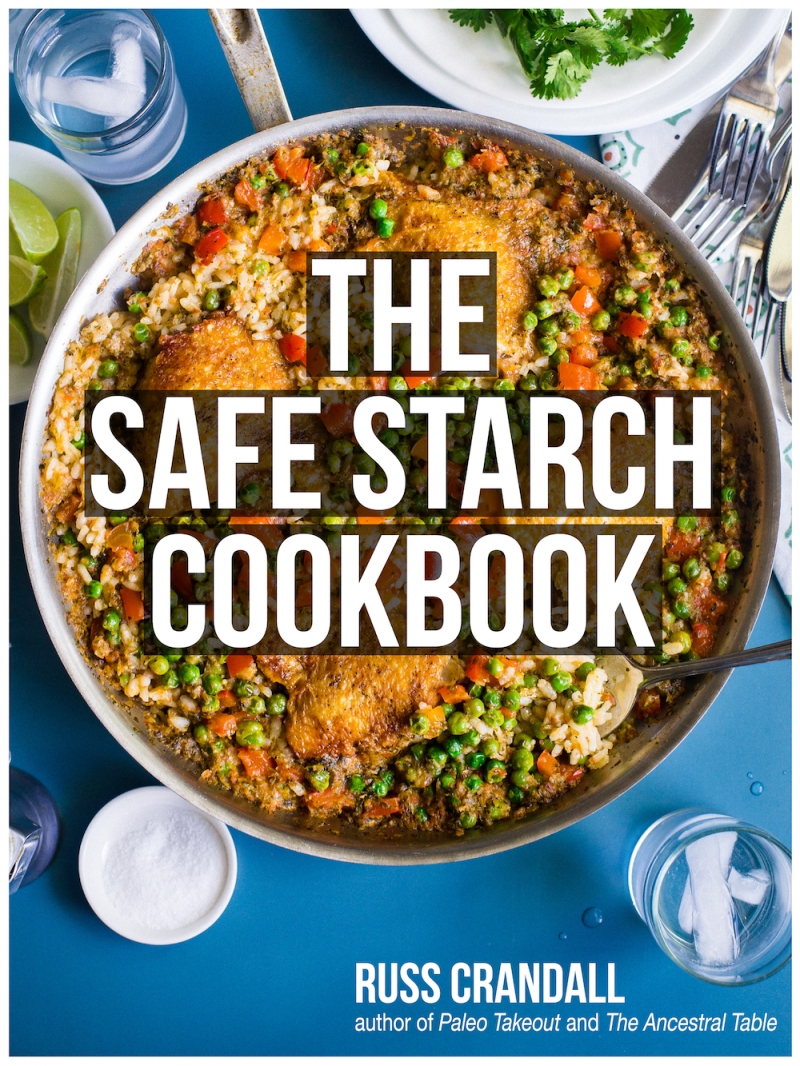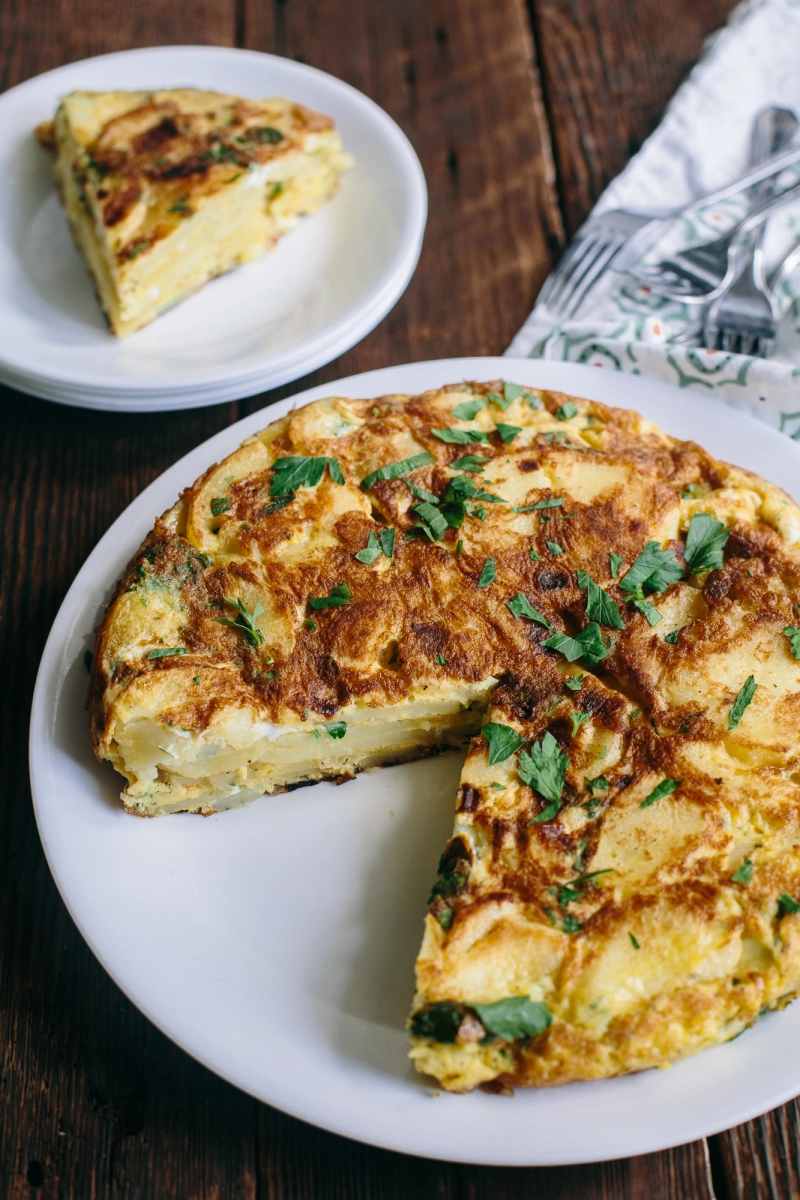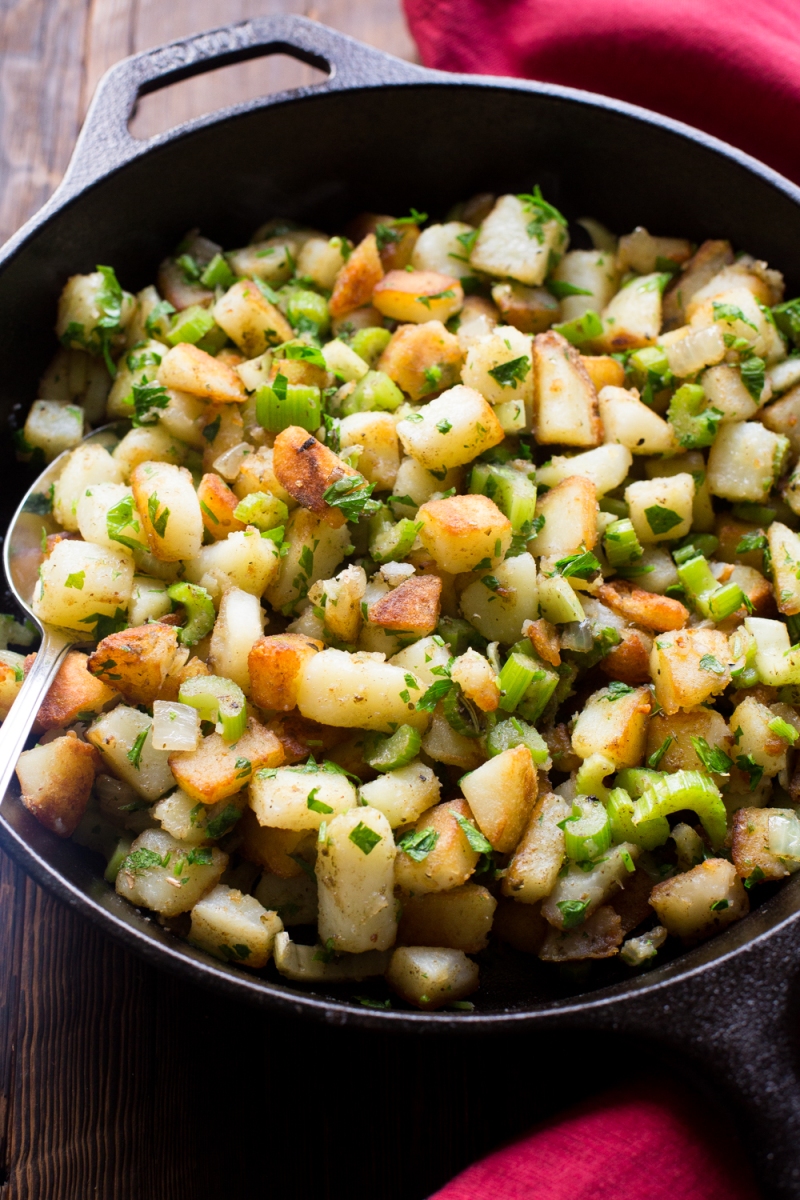
Around this time last year, I contributed a series of recipes to Yahoo! Food, and it was a lot of fun. As part of some company restructures, however, the website shut down in February. One of my favorite recipes from my short time there was this New Brunswick-Style Potato Stuffing, so I’m sharing it with you folks this week, just in time to nudge it into your Thanksgiving meal planning. Here’s what I wrote about it last year:
Folks who follow the Paleo diet sometimes get the short stick. For example: croissants. While solutions like “meatzas” (a pizza with a meat crust) might work in some contexts, there just isn’t a good way to create a flaky, lightly-textured pastry using nut flours, or heaven forbid, meat. Similarly, a traditional Thanksgiving stuffing (or “dressing” – more on that in a bit) is difficult to replicate. Typical Paleo reinterpretations feature (yep, you guessed it) meat, and sometimes nuts and dried fruit. All those things sound just fine, thank you very much, but not very reminiscent of stuffing.
Stuffing, as we commonly think of it, is a strange mix between crispy and fluffy, and is often overwhelmingly savory; this taste sensation expertly complements tart cranberry sauce, creamy mashed potatoes, rich gravy, and (hopefully) juicy turkey. So when conceiving a grain-free, Paleo-friendly stuffing, my mind kept returning to fried potatoes – crisp on the outside, fluffy on the inside. I almost ran to my local library to do some research, but then I remembered about Google, and discovered that there already exists a potato-based stuffing, just in a seldom-visited cranny of the world (New Brunswick, Canada).
New Brunswick-style potato stuffing is characterized by two concepts: potatoes, and the use of savory (also known as “summer savory”). Savory is a defining seasoning in Atlantic Canada, and is used in most poultry seasonings in the same way that we Yanks use sage. We’re going to use a combination of both savory and sage, to make everyone happy. New Brunswick-style stuffing also typically uses bread slices in addition to the potatoes, but we’ll go ahead and ignore that fact since this is a Paleo recipe.
To get the perfect potato texture, we’re going to par-boil the potatoes to remove some of their starch and to soften them up; that way we can just blast the potatoes over a relatively high heat to crisp them up without worrying about whether they’re done on the inside. We’ll be frying them in duck fat, because it’s delicious, but lard, coconut oil, or any other high-heat oil will work just fine. In a separate pan, we’ll prepare the rest of the dish, then combine the two just before serving (otherwise, the potatoes would get mushy).
One last note: there actually is a distinction between stuffing and dressing, although the distinction is mostly ignored. Stuffing is, by definition, a dressing that is placed inside of a turkey, while dressing is not. Personally, I grew up calling it “stuffing”, regardless of its location in relation to a bird, so we’ll stick with that for this recipe.
Read Full Article
